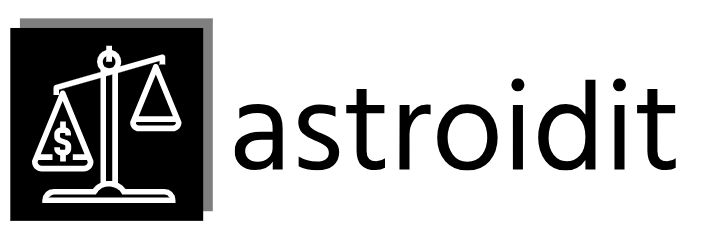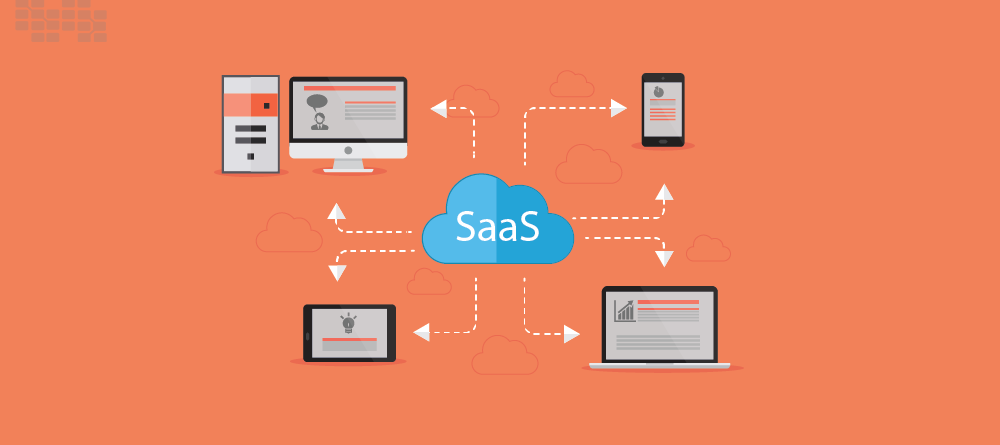Understanding Your Needs: Choosing the Right Analytical Software
The world of data analytics is vast, and choosing the right software can feel overwhelming. Before diving into specific programs, it’s crucial to understand your needs. What kind of data are you working with? How large is your dataset? What level of technical expertise do you and your team possess? Are you looking for simple data visualization, complex statistical modeling, or something in between? Answering these questions will help narrow down your options significantly. Consider the specific business problems you hope to solve – are you trying to improve customer retention, optimize marketing campaigns, or forecast future sales? The software you choose should directly support these goals.
Tableau: For Intuitive Data Visualization and Exploration
Tableau is a popular choice for its user-friendly interface and powerful visualization capabilities. It allows users to connect to various data sources, create interactive dashboards, and easily share insights with colleagues. Its drag-and-drop functionality makes it accessible to users with varying levels of technical expertise. While powerful, its ease of use makes it a top pick for many businesses, allowing teams to quickly create compelling visuals from complex datasets. It’s particularly strong in helping users explore data intuitively and discover unexpected trends.
Power BI: Microsoft’s Comprehensive Business Intelligence Solution
Integrated tightly within the Microsoft ecosystem, Power BI offers a comprehensive suite of tools for data analysis and reporting. It excels at connecting to various data sources, including Excel spreadsheets, databases, and cloud services. Power BI’s strength lies in its ability to create interactive dashboards and reports that can be easily shared and embedded within other Microsoft applications. Its robust features are suitable for both simple reporting and sophisticated data modeling, making it a versatile option for organizations of all sizes.
R: A Programming Language for Statistical Computing
For users comfortable with programming, R provides unparalleled flexibility and power. It’s an open-source language with a vast library of packages for statistical computing, data visualization, and machine learning. R allows for highly customized analyses and the development of sophisticated statistical models. While it requires a steeper learning curve than other tools, its capabilities are unmatched for complex research and analysis. The large and active community ensures continuous development and ample support.
Python: Versatile Programming for Data Science
Python, another popular programming language, offers a similar level of flexibility to R, but with a broader range of applications beyond statistical analysis. Libraries like Pandas, NumPy, and Scikit-learn provide comprehensive tools for data manipulation, visualization, and machine learning. Python’s versatility extends to web development and automation, making it a valuable asset for businesses looking to integrate data analysis into broader workflows. Its extensive community and readily available resources make it a powerful choice for data scientists and developers alike.
SQL: The Foundation for Database Management and Querying
While not strictly an analytical software, SQL (Structured Query Language) is fundamental to accessing and manipulating data within databases. Understanding SQL is crucial for anyone working with data, regardless of the analytical software they use. It allows users to retrieve specific information from large datasets, filter data based on criteria, and perform various data manipulation tasks. Mastering SQL is essential for efficient data extraction and preparation, ultimately improving the effectiveness of any analytical software used.
Choosing the Best Fit: Considering Factors Beyond Features
Beyond specific features, consider other crucial factors. Think about cost – some are free and open-source, while others require licensing fees. Evaluate the level of technical support provided by the vendor. Consider the ease of integration with your existing systems and the ability to scale as your data needs evolve. The best software will not only provide the analytical capabilities you need but will also integrate seamlessly into your existing workflow and budget. Ultimately, the best analytical software is the one that best meets your specific needs and empowers you to unlock the full potential of your data. Learn more about analytical software packages here.






